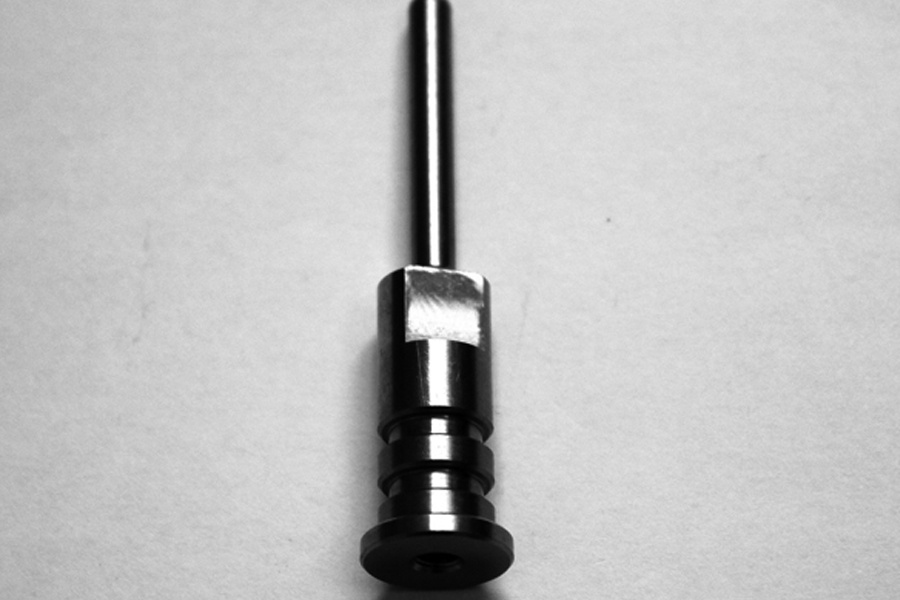Furniture hardware can be divided into two types: ordinary and special. Common hardware includes hinges and hinges. Special hardware includes kitchen hardware and bathroom hardware. Ordinary hardware is used more frequently in daily life, which is relatively more important. As consumer demand rises, so does the demand for hardware accessories. Today’s hardware is more focused on specific quality and specific performance.
Today, home improvement is increasingly demanding individuality and integrity. In addition to satisfying the above-mentioned functionalities, home hardware must also have eye-catching decoration and integrity that match the overall home improvement style. Take the most common handles, in addition to stainless steel handles, there are black, bronze, light chrome, pearl nickel and transparent lacquer on the market. In terms of shape, there are European, Chinese, conventional, and special-shaped. Etc., can meet the diversified needs of consumers. According to Jiuzheng Building Materials Network, because the role of furniture hardware in furniture is no longer just the connection of decoration and some moving parts, its functionality is getting stronger and stronger, and the fields involved are becoming wider and wider. Efficiency, reducing costs, improving product quality, enhancing the competitiveness of domestic and foreign markets, and creating benefits have all played a positive role. With the development of industrial technology, furniture manufacturing has developed from the previous manual workshop to the current mechanized mass production. With the continuous development of China’s hardware mold industry, I believe that in the future, we can directly use domestically produced hardware without relying on imports.
Machining accuracy uses different measurement methods according to different machining accuracy contents and accuracy requirements. Generally, there are the following types of methods:
1. According to whether the measured parameter is directly measured, it can be divided into direct measurement and indirect measurement.
Direct measurement: directly measure the measured parameters to obtain the measured size. For example, use calipers and comparators to measure. Indirect measurement: measure the geometric parameters related to the measured size, and obtain the measured size through calculation.
Obviously, direct measurement is more intuitive and indirect measurement is more complicated. Generally, when the measured size or direct measurement fails to meet the accuracy requirements, indirect measurement has to be adopted.
2. According to whether the reading value of the measuring instrument directly indicates the value of the measured size, it can be divided into absolute measurement and relative measurement.
Absolute measurement: The reading value directly indicates the size of the measured size, such as measuring with a vernier caliper.
Relative measurement: The reading value only indicates the deviation of the measured size from the standard quantity. If you use a comparator to measure the diameter of the shaft, you need to adjust the zero position of the instrument with a block first, and then measure. The measured value is the difference between the diameter of the side shaft and the size of the block, which is relative measurement. Generally speaking, the relative measurement accuracy is higher, but the measurement is more troublesome.
